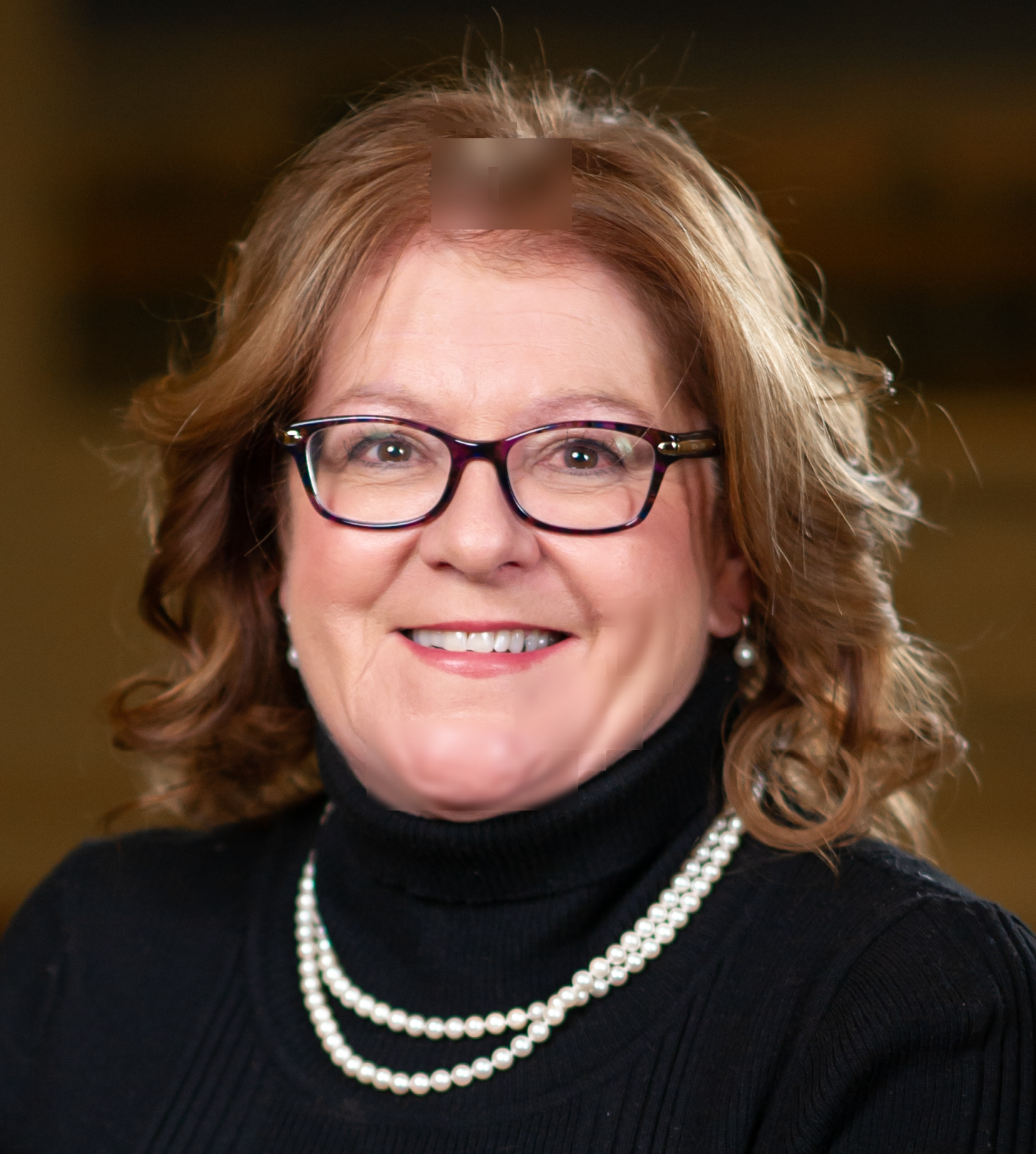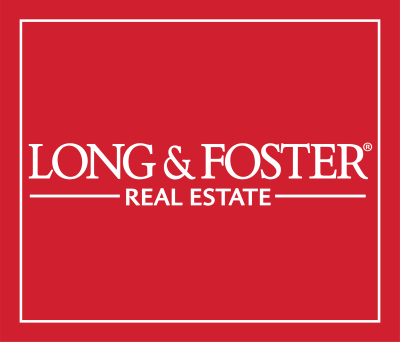Locating Loan Options
You have the option to shop around for the terms that fit your needs. Mortgage consultants are trained to pay attention to your home financing goals, help you understand your options and explain how different loan programs work so you can make informed decisions. For example, the mortgage consultants at Prosperity Home Mortgage, LLC, a subsidiary of The Long & Foster Companies, work closely with their homebuyers to review all their financing options and discuss loan products. Prosperity, like other mortgage lenders, has a wide range of products to serve a large variety of home-financing situations.
Borrowers should shop carefully to find the home financing that fits their circumstances and needs. Here are some of the places to shop:
Mortgage Lenders.
Mortgage lenders issue mortgages to borrowers. They then process and oftentimes sell those mortgages to large investors in the secondary mortgage market.
Mortgage Loan Brokers.
Some individuals or groups charge a fee, usually to the borrower, to match borrowers with enders. Sometimes they make direct loans. An advantage of working with mortgage brokers is that they often represent many lenders and can provide you with more financing alternatives.
Financial Institutions.
Mutual savings banks, savings and loan associations, insurance companies and some commercial banks are the traditional sources of mortgage loans. Savings and loan associations often grant favorable terms to their own account holders.
traditional sources of mortgage loans. Savings and loan associations often grant favorable terms to their own account holders.
Private Lenders.
Individuals (often home sellers) and groups (sometimes the seller’s employer—if the seller is being transferred) may lend money. This source is especially helpful in arranging second mortgages, but it can also assist with first trusts, wrap-arounds and other mortgage plans.
Credit Unions.
Federal credit unions can write 30-year conventional and government-insured mortgages. Some will make loans; others may not. This may be a good source for credit union members.
Finance Companies.
To compete with the more traditional lenders, some finance companies promise quick service and some do not charge mortgage points.
Here’s the information most lenders will need:
1. The amount of money you wish to borrow and the length of time you will need the money.
2. Your current address and any other addresses covering the previous 24 months.
3. Your Social Security number.
4. Your current employer’s name, address and phone number and the same information for any other employers in the previous 24 months.
5. Your gross monthly income, including documentation (most recent pay stub, final pay stub for any job you may have left in the current year and previous year’s W-2 forms).
6. Complete account statements for any bank, credit union, retirement or brokerage accounts.
7. Your assets, including real estate, personal property, stocks and bonds, life insurance with cash value, etc.
8. A complete list of your debts, including account numbers, balances and minimum payments.
9. A copy of the sales contract.
10. An account, in writing, of any problems concerning your application and any documentation of the circumstances of those problems.
With this information in hand, here are the general steps the lender will take to process your application:
1. Review your application
2. Verify the facts
3. Get a credit report
4. Obtain a property appraisal
5. Decide whether to make the loan
 Questions You Should Ask Mortgage Lenders
Questions You Should Ask Mortgage Lenders
1. Are both fixed-rate and adjustable-rate mortgage loans available?
2. What is the interest rate?
3. What is the total origination charge?
4. How long can you lock in financing at the current interest rate?
5. What are the other fees the lender could charge in conjunction with the loan?
6. Are funds for a second mortgage available?
7. On adjustable loans: How often will the interest rate adjust? Is there a maximum limit on each rate change? How often will the monthly payment adjust? Is there a ceiling on payment adjustments? Can the term of the loan be extended?
8. Is there a pre-payment penalty clause? This involves extra charges for paying off the loan before maturity.
9. What is the grace period? How late can a monthly payment be made before a late charge is assessed? What will happen if a payment is missed?
10. If you sell your house, will the new buyer be able to assume your mortgage at the same interest rate?
11. Do you have to pay points to get your new mortgage? Usually lenders charge points for the cost of giving you a mortgage loan.
12. Will the lender require mortgage insurance?
Keep tax advantages in mind when considering whether to rent or buy. When you own a home, there may be tax advantages that are not available to renters. A buyer may not realize this tax advantage until tax time comes around unless withholding taxes are decreased in anticipation of increased interest payment deductions.
Conventional, VA, USDA and FHA Loans
Conventional Loan. A conventional loan is a mortgage made between a lender and a borrower, typically requiring a down payment ranging from around 3 to 20 percent. Mortgage insurance may be required depending on the down payment amount.
VA Loan. VA stands for Veterans Affairs, which is not a lender but rather guarantees mortgages for lenders to help eligible veterans. VA loans may require no down payment up to the VA maximum loan limit. VA loans can be assumed by qualified (i.e. one must be a veteran) borrowers.
USDA Loan. USDA stands for US Department of Agriculture, which is also not a lender but guarantees mortgages to help people purchase affordable housing in certain rural ZIP codes. It may be possible to put zero down with a USDA loan. These loans are not offered by all lenders. Here is a list of active USDA lenders.
FHA Loan. FHA is the Federal Housing Administration, a division of the U.S. Department of Housing and Urban
Development. The FHA does not lend money; instead, like the VA and USDA, it insures mortgages. Down payments can be as low as 3.5 percent. Fixed-rate and adjustable-rate mortgages are available and can be assumable.
Fixed Rate Loan. These loans feature equal monthly payments that are made over the term of the mortgage. The interest rate remains the same, keeping the principal and interest payments the same over the term. Payments can vary if taxes or insurance escrow payments change.
Adjustable Rate Mortgage (ARM). ARM loans allow for payments that change periodically over the term of the mortgage. An ARM loan has a set interest rate and payment for a period of time during the beginning years and then adjusts to the market rate at a predetermined point. ARM loans may feature lower rates during the initial loan period.
I’m happy to provide referrals to expert loan officers who I have worked with in the past. Contact me for recommendations.


Leave a Reply